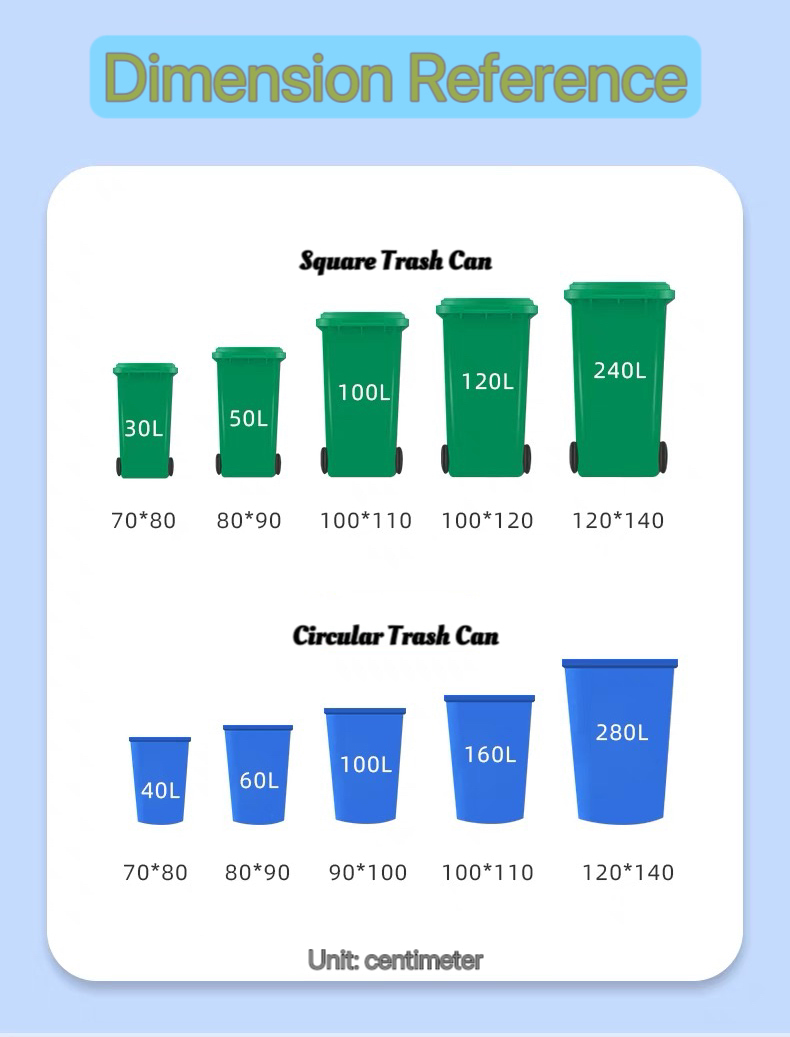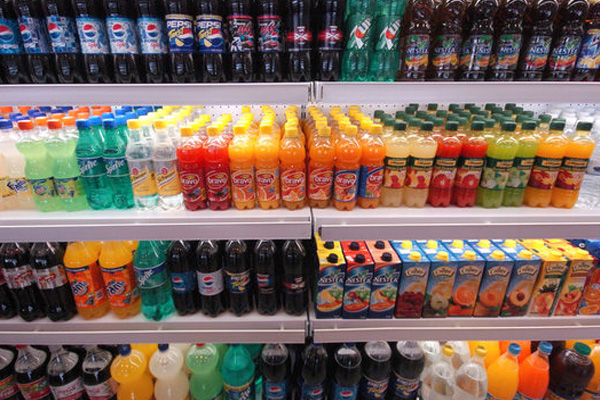SASWELL Smart Zigbee 3.0 Radiator Thermostat With Temperature Sensor GEM208X A Revolutionary Heating Solution
The SASWELL GEM208X Smart Zigbee 3.0 Radiator Thermostat is an advanced device designed to redefine energy efficiency and home comfort. Combining cutting-edge Zigbee 3.0 wireless communication technology with an integrated temperature sensor, this thermostat offers a flexible, user-friendly solution for modern smart heating systems.
### **Innovative Design for Accurate Comfort**
The GEM208X features a detachable design, allowing the temperature sensor and the thermostat valve (TRV) to work independently. The temperature sensor can be placed in key areas of your home to monitor and regulate the exact temperature of your living spaces, maintaining comfort with remarkable precision to within ±1°C. Whether you’re in the living room, bedroom, or kitchen, the GEM208X ensures consistent, ideal conditions.
### **Smart and Remote Control for Convenience**
Powered by Zigbee 3.0 technology, the GEM208X easily integrates into your smart home ecosystem, providing remote management capabilities via smartphone apps and voice control. Additionally, RF technology enables seamless wireless control even when your phone isn’t nearby. This smart thermostat lets you schedule heating, adjust temperatures, and create efficient zones in your home without any hassle.
### **Energy Efficiency and Group Control**
One standout feature of the GEM208X is its group control functionality. A single temperature sensor can operate multiple TRVs simultaneously, making it easy to regulate the heating across several radiators. This efficient operation ensures reduced energy waste, translating into significant savings on energy bills. Whether you’re optimizing a single room or an entire home, the GEM208X can handle the task with ease.
### **Long Battery Life and Versatility**
Designed to be reliable and user-friendly, the GEM208X boasts an impressive 15-month battery life, eliminating the need for frequent replacements. Additionally, it fits 98% of standard radiator valves, ensuring wide compatibility and straightforward installation. Whether you’re retrofitting an older system or setting up a new home, the GEM208X adapts effortlessly.
### **Why Choose SASWELL GEM208X?**
The GEM208X represents the future of smart heating, blending innovative features with unparalleled ease of use. Whether you want precise temperature control, energy savings, or advanced smart home integrations, the GEM208X delivers on all fronts. It’s more than a thermostat; it’s your trusted partner for an eco-friendly, cozy home.
With the SASWELL Smart Zigbee 3.0 Radiator Thermostat, you’re investing in cutting-edge technology that not only enhances your living comfort but also aligns with sustainable energy goals. Take the step towards smarter, greener heating solutions with the GEM208X.



